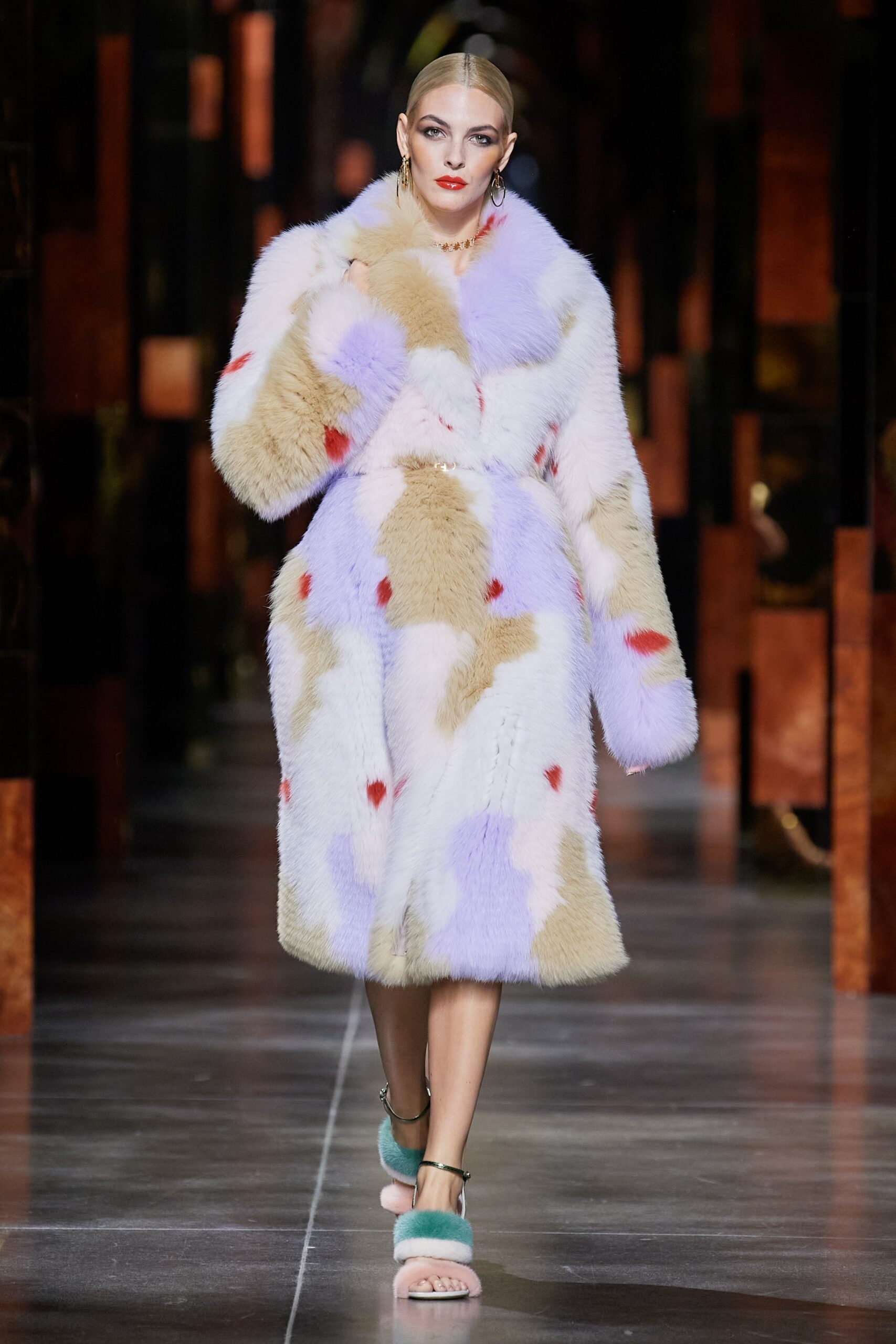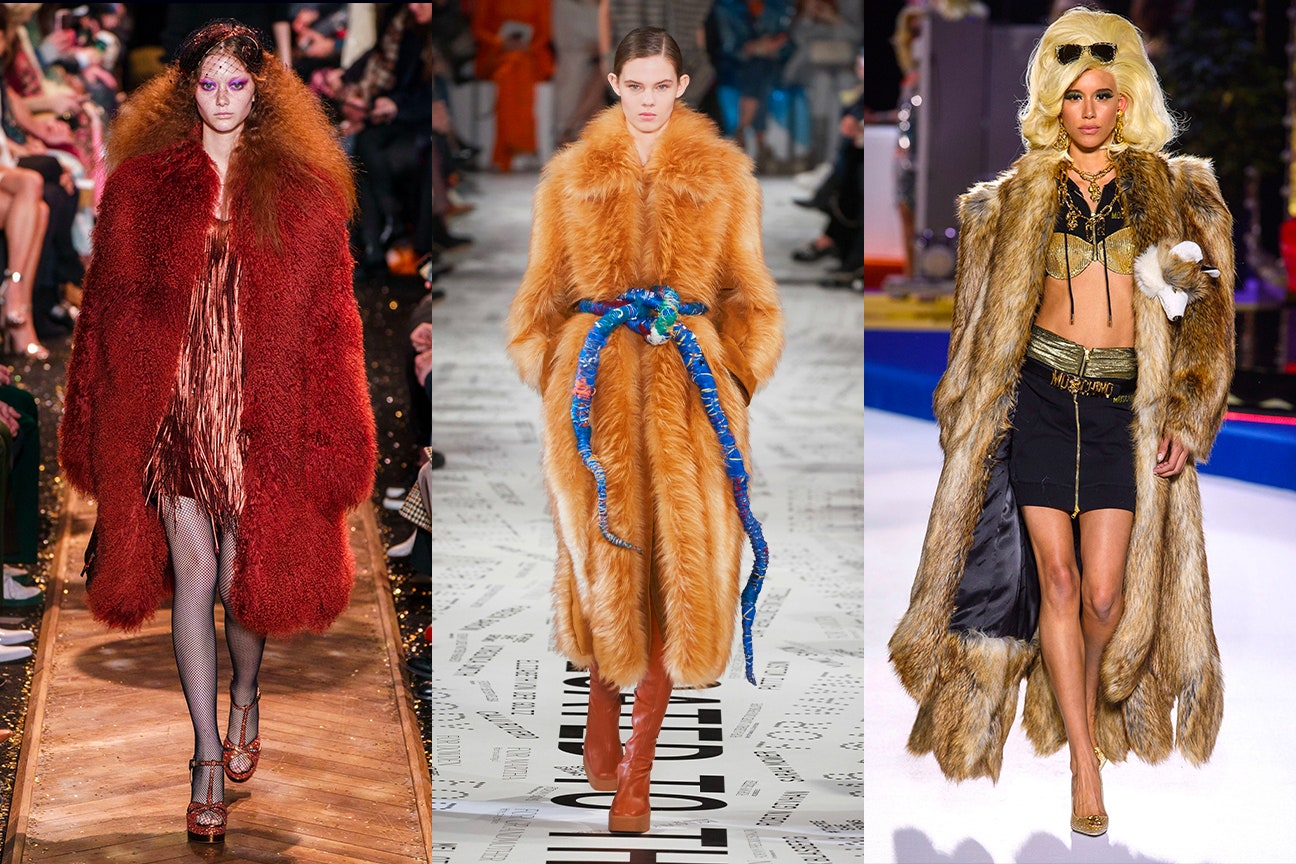French luxury conglomerate Kering recently banned the use of fur by all of its fashion brands. Meanwhile, Fendi, a label belonging to the world’s largest luxury group, LVMH, showed fur pieces in its latest collection, presented during Milan Fashion Week. Now the question remains: can fur really be banished from luxury markets?
Influenced by the urgent need to promote sustainability, as well as by veganism, and animal activism – all praising for a world where less and less products come from animal sources – some brands have chosen to stop using animal fur in their products. Kering, the French luxury conglomerate group, announced on September 24th its decision and commitment to go entirely fur-free. On the other hand, Fendi, a member of the rival LVMH group, had presented its Milan Fashion Week show – where a number of models walked the runway wearing fur pieces – just two days before Kering’s declaration.
In fact, Kering was never a seller of huge volumes of fur. Besides, most of the brands owned by the conglomerate had already committed to stop using animal fur: Gucci and Bottega Veneta for example had banished the material years ago. The only two Kering brands selling fur were Saint Laurent and Brioni. To François-Henri Pinault, Kering’s chief executive, fur is something “symbolic; it’s a material that was very much linked to the luxury industry historically”.
The group’s decision follows a larger market trend, with consumer demand and interest for the material declining over the past few years – a movement accelerated by the current Covid-19 pandemic – mainly due to social activism and governmental regulation. In 2019, the state of California became the first one to ban fur sales and production, and earlier this year, Israel made the same decision, becoming the first country to ever ban the material, with a few religious exceptions. On top of that, Kering’s fur banishment is also correlated to the group’s internal strategy of embracing ethics, sustainability, and environmental responsibility, as manners to approach today’s consumer’s mindset. “Through this lens, some materials have no place in luxury”, said Pinault.
But both LVMH and its brands – even with their higher level of independence from the conglomerate group when compared to Kering – have been silent about the fur issue. While for other labels such as Prada, Chanel, Burberry, and Versace it was “easier” to ban fur, with a relatively small impact on their sales figures but a huge reflection on their public relations, the same cannot be said about LVMH. When Gucci went fur-free in 2017, its fur sales accounted for only 0.2 percent of the label’s revenue. In the meantime, Gucci’s Instagram post announcing this new fur policy received over 180,000 likes, which probably generated the brand a lot more revenue.
Even if a number of its brands do not use fur, LVMH rarely advertises it. That’s because some of the group’s bigger companies like Dior and Louis Vuitton constantly present the material in their collections and, regarding Fendi, the label started in 1925 as a furrier, so removing animal fur would directly affect the brand’s legacy and heritage. According to PJ Smith, Humane Society’s director of fashion policy, “As long as Fendi is part of that group and Fendi has a close association with fur, it’s going to be a long time before LVMH goes fur-free”.
Other alternatives are left for the LVMH conglomerate: the group defined strong fur sourcing standards for animal well-being, Fendi has diminished its fur usage and has been experimenting with recycled fur, and other brands have been trying out faux fur alternatives. In the end, it all comes down to one thing: revenue. While fur still brings companies large profits, it won’t be disappearing anytime soon.
Published by HOLR Magazine.




